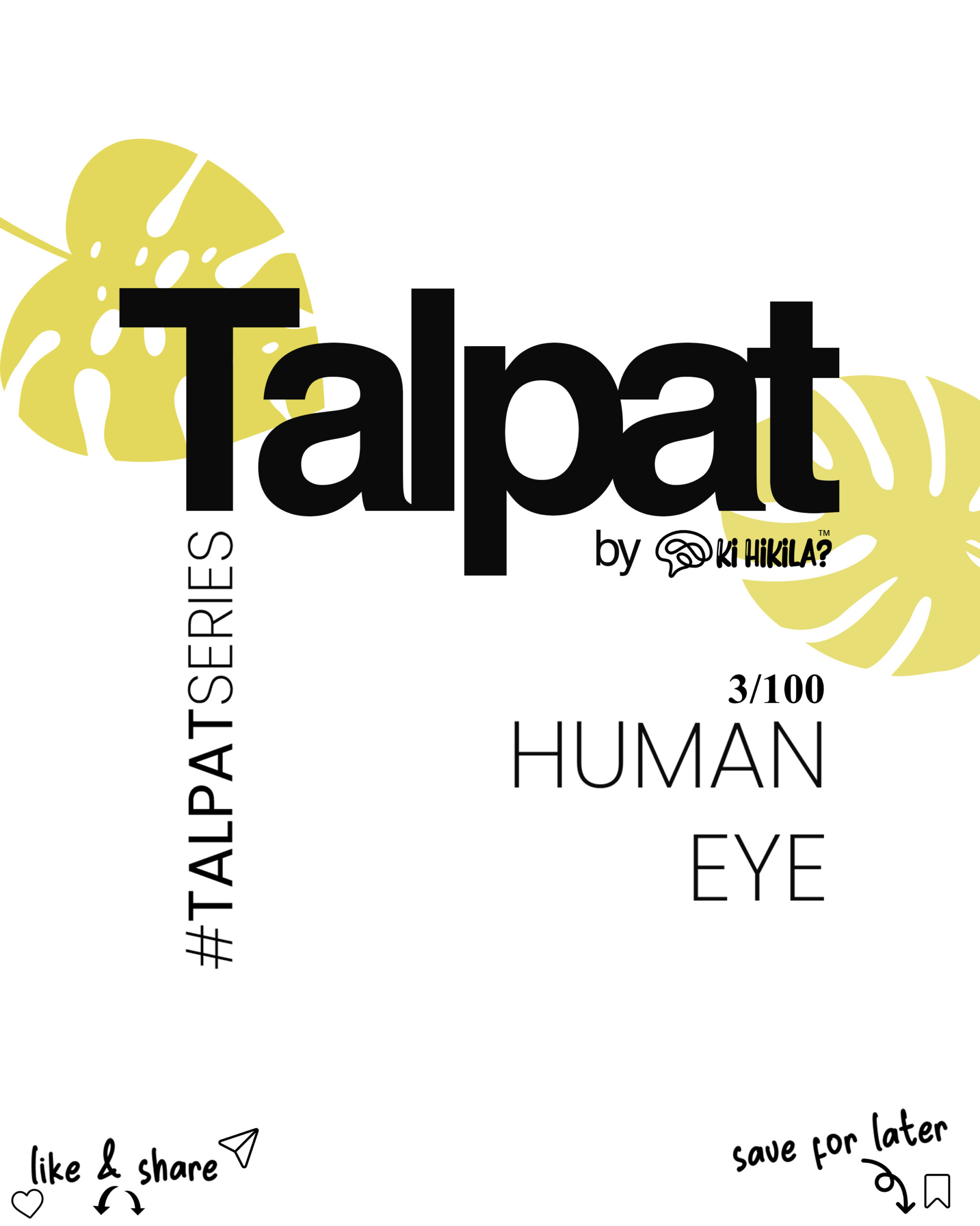On April 5, 2025, the prestigious Breakthrough Prize in Fundamental Physics was awarded to 13,508 physicists involved in four collaborative experiments at CERN. Known as the “Oscars of Science,” this recognition highlights significant progress in fundamental physics, life sciences, and mathematics.
What Are the Breakthrough Prizes?
Established in 2013, the Breakthrough Prizes were created to spotlight groundbreaking scientific contributions. The awards are funded by tech leaders such as Mark Zuckerberg, Priscilla Chan, Sergey Brin, Anne Wojcicki, and Yuri and Julia Milner. More than just awards, they embody a vision of science as a global, apolitical force for human advancement and inspiration for future generations.
Life Sciences: Innovation with Real-World Impact
Three major contributions were recognized in the Life Sciences category:
- A team of five scientists was honored for their role in developing Ozempic and Wegovy, weight-loss medications based on their research into the GLP-1 hormone.
- Alberto Ascherio and Stephen L. Hauser received accolades for their discoveries related to Multiple Sclerosis, notably the role of B-cells and the connection between Epstein-Barr virus and the disease.
- David R. Liu was awarded for pioneering base and prime editing techniques in gene editing—innovations that allow for precise DNA modifications.
Fundamental Physics: A CERN Collaboration Triumph
This year’s physics prize recognized the massive collaborative efforts of four experiments at the Large Hadron Collider (LHC): ALICE, ATLAS, CMS, and LHCb. These teams contributed essential insights into the Higgs boson, deepening our understanding of how particles acquire mass through symmetry-breaking mechanisms.
In addition to celebrating the science, the prize also provides funding for continued research and doctoral student grants at CERN, further empowering the next wave of physicists.
Mathematics: Solving a Generational Puzzle
The Breakthrough Prize in Mathematics went to Dennis Gaitsgory for his remarkable work on the geometric Langlands conjecture—a problem that has intrigued mathematicians for decades. His efforts built crucial connections across fields and advanced tools in derived algebraic geometry.
For context, the Langlands Program, often described as the “grand unified theory of mathematics,” was initiated by Robert Langlands in 1967. It aims to unify diverse branches like number theory and harmonic analysis. By the 1990s, similar structures were found linking geometry with harmonic analysis, giving rise to the geometric Langlands Program.












